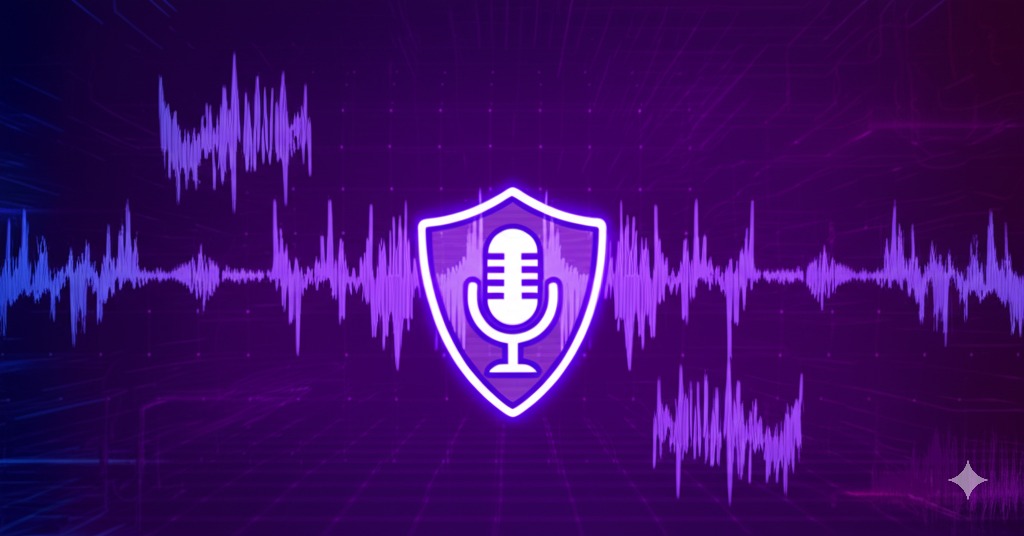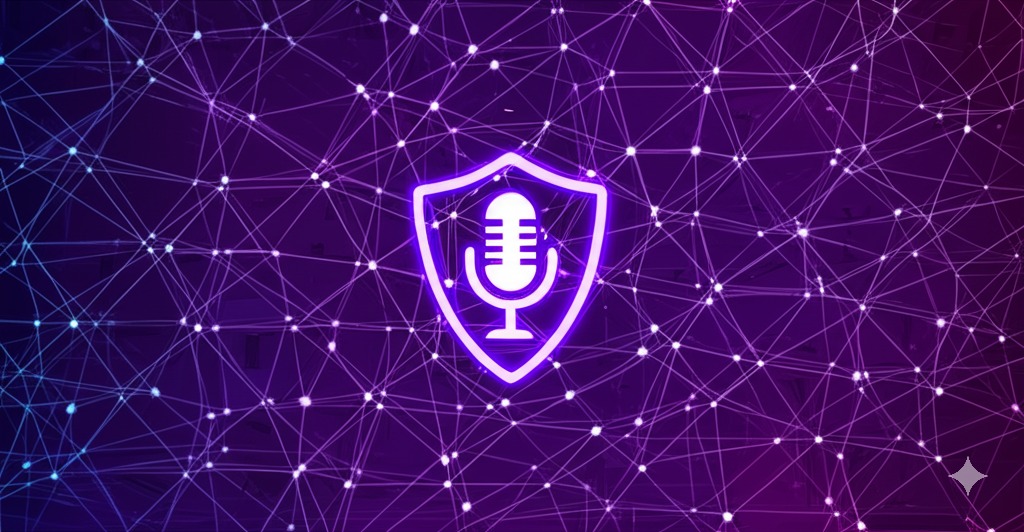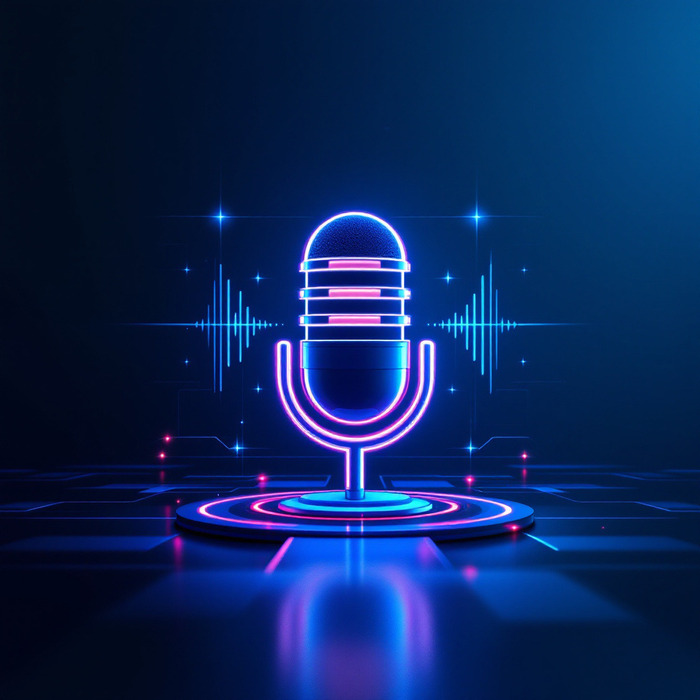
AI voice cloning consent means getting permission before making copies of someone’s voice with computers. People need to know how their voice will be used and have the right to say no. Good rules for voice cloning keep people’s voices safe but still let the technology be used in helpful ways. Companies must be clear about who can use the copied voices, how they’re marked as AI, and when people can take back their permission.
1. The Ethical Foundations of Voice Cloning Technology
1.1 Voice as a Core Element of Personal Identity
Your voice is part of who you are. Unlike a password or username, you can’t change your voice easily. Voice cloning ethical guidelines start with this basic fact. A person’s voice can show:
- Who they are (identity)
- How they feel (emotion)
- Where they’re from (accent, language)
- Personal traits (age, gender)
When someone copies your voice without permission, it feels more personal than copying other data. This creates special rules for companies making voice cloning tools.
1.2 Stakeholder Mapping in Voice Cloning Ecosystems
Voice cloning affects many people, not just the person whose voice is copied:
- The original voice owner
- The company making the voice clone
- People who hear the cloned voice
- Groups represented by the voice
Each of these people or groups has different concerns. Good AI voice cloning consent looks at all these viewpoints.

2. Regulatory Landscape for Voice Cloning Consent
2.1 GDPR Requirements for Voice Data Processing
In Europe, GDPR treats voice data as personal data. This means:
- Companies must get clear permission
- They must explain exactly how the voice will be used
- People can ask for their voice data to be deleted
- Voice data can’t be used for new purposes without new permission
For those working with voice AI professionally, understanding AI text-to-speech voice editing rules is essential.
2.2 International Variations in Voice Data Consent Requirements
Different countries have different rules:
- EU: Strict rules under GDPR
- US: Rules vary by state (California has stricter rules)
- China: Growing regulations around voice data
- Brazil: LGPD has similar rules to GDPR
Companies working across borders need to follow the strictest rules that apply.
3. Building Ethical Consent Frameworks for Voice Cloning
3.1 Elements of Valid Consent for Voice Replication
AI voice replication consent must include:
- Clear information about what will happen with the voice
- The right to say no without penalties
- The ability to take back permission later
- Specific details about how the voice will be used
- Time limits on how long the permission lasts
A simple “I agree” checkbox isn’t enough for voice cloning.
3.2 Designing Comprehensive Consent Documentation
Good consent forms for voice cloning should:
- Use simple language anyone can understand
- Explain exactly what will happen to the voice data
- List all the ways the voice might be used
- Tell people how to take back their permission
- Explain how the voice data is protected
Companies creating voice technology should check AI text-to-speech solutions for ethical implementation examples.
4. Voice Data Ownership and Rights Management
4.1 Voice Licensing Models for Synthetic Voice Applications
There are several ways to handle voice ownership rights:
- Full rights transfer (company owns everything)
- Limited license (original person keeps some control)
- Split ownership (both parties have certain rights)
- Usage-based model (payment per use)
Most ethical experts recommend keeping some rights with the original voice owner.
4.2 Fair Compensation Frameworks for Voice Contributors
People who share their voice should be paid fairly:
- One-time payment
- Ongoing royalties based on usage
- Combination of upfront payment plus royalties
- Non-monetary benefits (like free services)
The payment should match how widely the voice will be used.
5. Transparency Requirements for Synthetic Voice Applications
5.1 Disclosure Standards for Synthetic Voice Content
Voice cloning transparency means telling listeners when they hear AI voices. Good practices include:
- Clear labels on AI content
- Verbal announcements at the start of audio
- Written notices with audio files
- Different standards based on how the voice is used
Content creators using voice technology can learn from AI voiceovers for e-learning best practices.
5.2 Technical Methods for Voice Synthesis Attribution
Technology can help mark AI voices:
- Digital watermarks in the audio
- Metadata tags that list the voice as synthetic
- Voice registries that track approved uses
- Detection tools that can spot AI voices
These tools make it harder to use fake voices to trick people.
6. Special Ethical Considerations for Vulnerable Populations
6.1 Child Voice Subjects: Enhanced Protection Framework
Children’s voices need extra protection:
- Parents must give permission
- The permission should expire when the child grows up
- Uses should be limited and carefully controlled
- The child should have a say when they’re old enough
Families interested in child voice technology might look at AI voices for children’s content.
6.2 Posthumous Voice Cloning Ethical Guidelines
Copying the voices of people who have died raises special concerns:
- Did the person give permission before they died?
- What do family members want?
- How long after death is it okay to use the voice?
- What uses would the person have approved of?
The ethics of posthumous voice recreation with artificial intelligence should respect both the person’s wishes and their family’s feelings.

7. Multi-Stakeholder Consent Model for Voice Cloning
7.1 Secondary Stakeholder Consent Considerations
Sometimes other people are affected by voice cloning:
- Family members might be recognized through the voice
- Employers if the voice is connected to a job
- Groups the person represents
- Characters the person has played
Synthetic voice ethics means thinking about all these connections.
7.2 Community and Cultural Consent for Representative Voices
Some voices represent whole communities:
- Cultural or religious leaders
- Indigenous language speakers
- Community spokespeople
In these cases, getting permission might mean talking to community leaders, not just the individual.
7.3 Implementing Stakeholder Identification and Consultation Protocols
Companies should:
- Make a list of all people affected by the voice clone
- Create ways to talk to these different groups
- Document all the permissions they get
- Check in regularly to make sure permission is still valid
This approach creates a multi-stakeholder consent framework for synthetic voice applications.
8. Implementing Voice Cloning Ethics in Commercial Applications
8.1 Content Boundaries and Usage Limitations for Cloned Voices
Even with permission, some uses should be off-limits:
- Hate speech or harassment
- Illegal content
- Highly political content without specific approval
- Misleading financial or health advice
Voice cloning permission framework should spell out these limits clearly.
8.2 Consent Lifecycle Management Systems
Companies need systems to:
- Keep track of who has given permission
- Store all consent documents securely
- Process requests to take back permission
- Update permission when uses change
- Regularly check if permission is still valid
These systems are part of good voice data consent management.
9. Real-World Use Cases: Ethical Voice Cloning Applications
9.1 Case Study: Synthesia’s 3Cs Ethics Framework Implementation
According to research on voice ethics, Synthesia uses three principles for ethical AI voice synthesis:
- Consent: Getting clear permission
- Control: Letting people keep control of their voice
- Collaboration: Working with the voice owner on how it’s used
They require signed consent forms and let voice owners approve or reject specific uses.
9.2 Case Study: Voice Banking for Medical Applications
Voice banking helps people with ALS and other conditions save their voice before they lose the ability to speak:
- Patients record many phrases while they still can
- The recordings create a personal synthetic voice
- This voice is used in speech devices later
- Special consent forms explain the medical uses
These projects follow biometric voice consent practices while helping people maintain their identity.

10. Frequently Asked Questions About Voice Cloning Ethics
Who legally owns a synthetically cloned voice?
It depends on the agreement. Without clear terms, the original person usually has stronger claims to their voice under digital voice rights laws.
Can consent for voice cloning be withdrawn after the voice has been created?
Yes, good AI voice cloning consent includes the right to take back permission. Companies should then stop using the voice for new content.
What information must be provided to obtain valid consent for voice cloning?
People need to know how their voice will be used, who will control it, how long permission lasts, and how they can take back consent.
How should synthetic voices be labeled or disclosed to listeners?
Voice identity protection means clearly labeling AI voices through announcements, text notices, or metadata that identifies the voice as synthetic.
What are the ethical considerations for cloning the voice of a public figure?
Public figures still have voice rights. Companies need permission even for famous voices, with special attention to potential misuse.
How long should voice data be retained after creating a synthetic voice?
Only as long as needed. Companies following the commercial voice cloning ethical implementation guide delete raw recordings once the model is built.
What rights should the original voice subject have over future uses of their synthetic voice?
They should have approval rights for new uses, the ability to set boundaries, and the right to take back permission completely.
Are there uses of voice cloning that should be prohibited regardless of consent?
Yes – deceptive, harmful, or illegal uses should be banned even with consent. Synthetic media ethics puts safety above technology.
Conclusion
AI voice cloning consent is about respect, transparency, and control. People should know how their voice will be used and have the right to say no. Companies should get clear permission, explain all the ways they’ll use the voice, and let people take back that permission.
As voice cloning grows more common, good ethics will help this technology be helpful, not harmful. The best approach considers everyone affected by voice cloning, not just the companies making the technology. With the right rules, AI voice cloning consent can protect people while still allowing innovation.
Sources:

